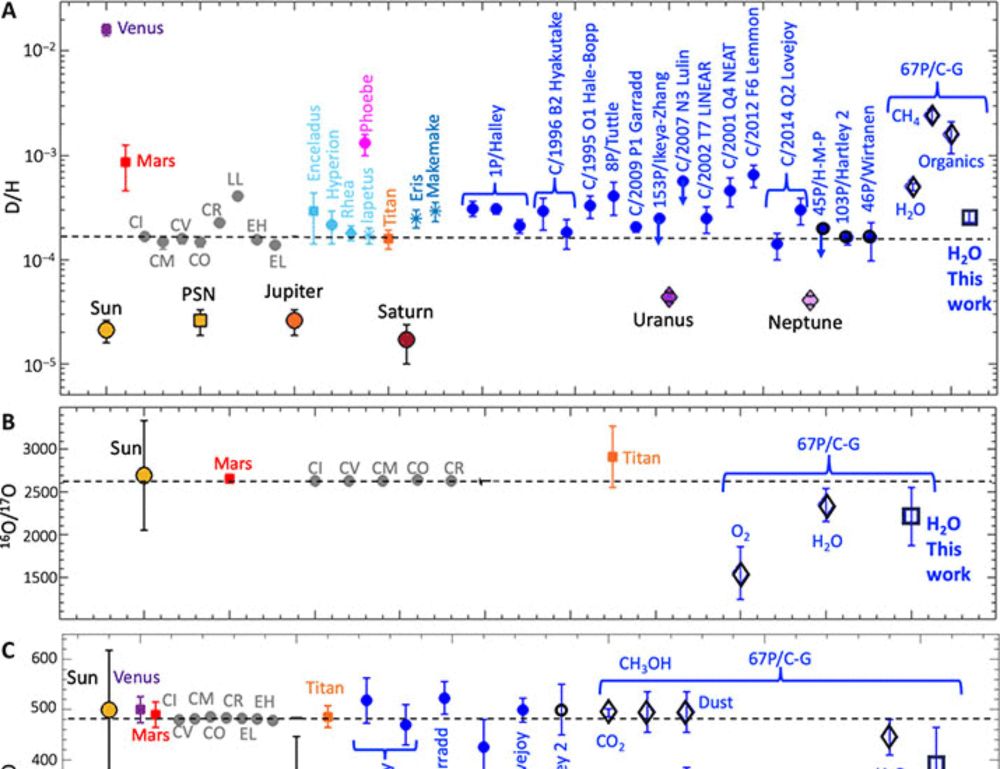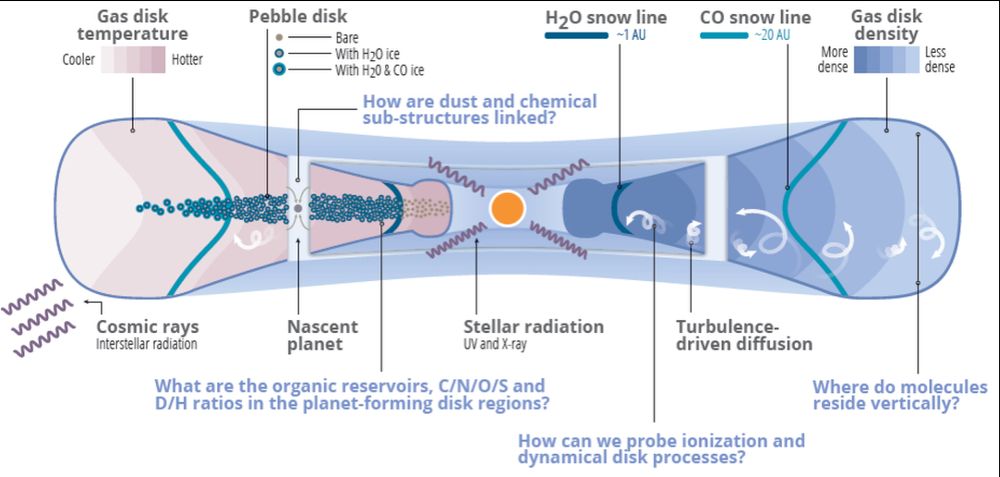

🧵18/18
🧵18/18

#PlanetaryScience 🪐🧪🔭 🧵17/x bsky.app/profile/momm...
Today we published exciting new results from the Rosetta mission! These results have big implications for where the comet formed and for whether comets could have supplied water to Earth. #PlanetaryScience #Rosetta 🧵1/n
www.science.org/doi/10.1126/...

#PlanetaryScience 🪐🧪🔭 🧵17/x bsky.app/profile/momm...





www.esa.int/Science_Expl...
www.esa.int/Science_Expl...

www.esa.int/Science_Expl...
www.esa.int/Science_Expl...






🧵3/x
plus.nasa.gov/video/space-...

🧵3/x
plus.nasa.gov/video/space-...
🧵2/x

🧵2/x

